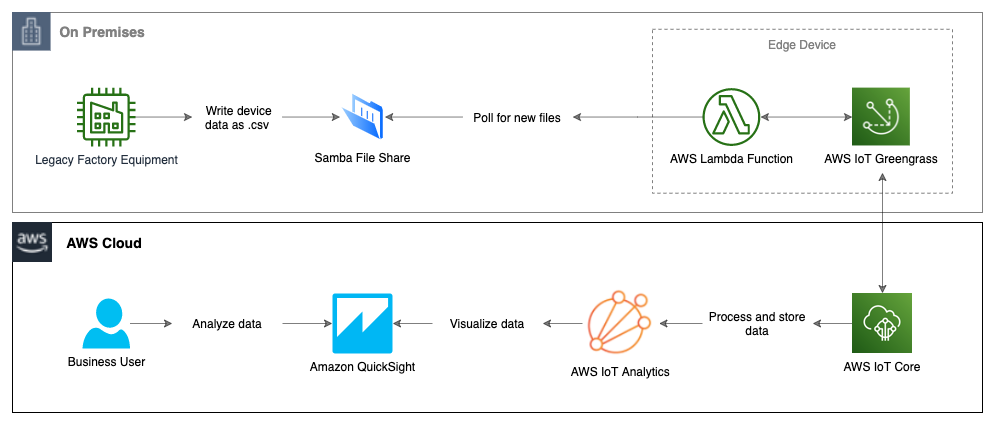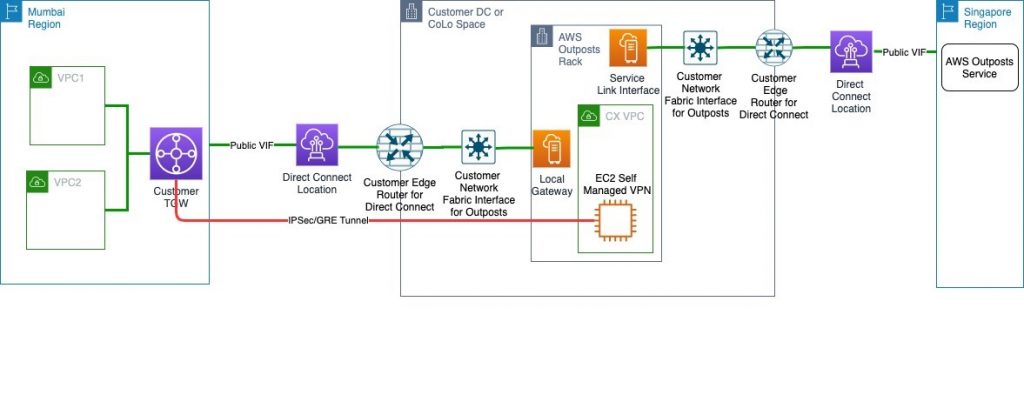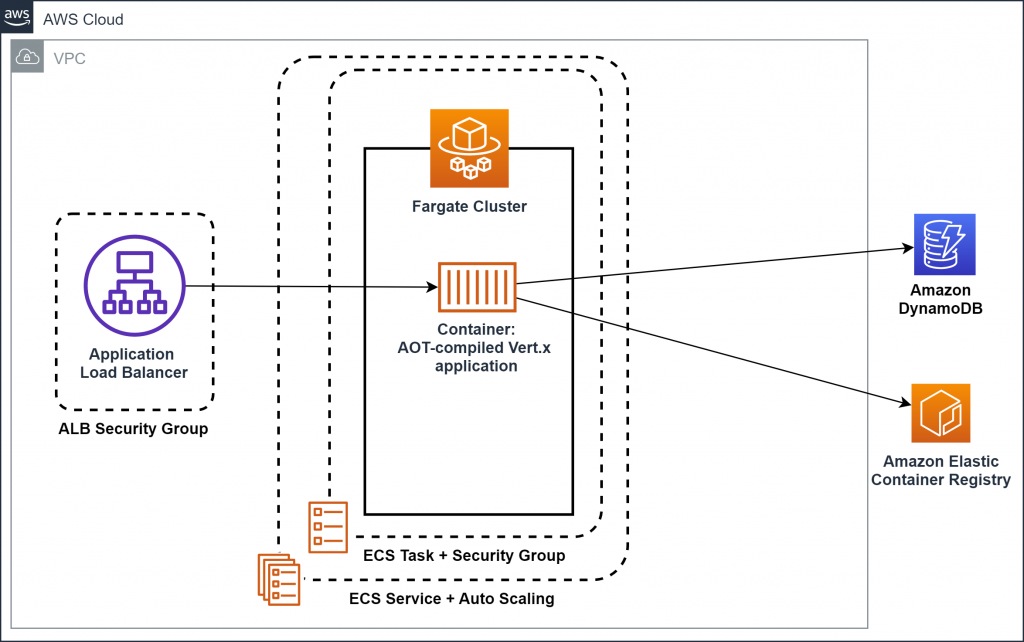AWS Architecture Blog
Category: Technical How-to
Field Notes: Improving Call Center Experiences with Iterative Bot Training Using Amazon Connect and Amazon Lex
This post was co-written by Abdullah Sahin, senior technology architect at Accenture, and Muhammad Qasim, software engineer at Accenture. Organizations deploying call-center chat bots are interested in evolving their solutions continuously, in response to changing customer demands. When developing a smart chat bot, some requests can be predicted (for example following a new product launch […]
Field Notes: Comparing Algorithm Performance Using MLOps and the AWS Cloud Development Kit
Comparing machine learning algorithm performance is fundamental for machine learning practitioners, and data scientists. The goal is to evaluate the appropriate algorithm to implement for a known business problem. Machine learning performance is often correlated to the usefulness of the model deployed. Improving the performance of the model typically results in an increased accuracy of […]
Field Notes: Managing an Amazon EKS Cluster Using AWS CDK and SHI’s Cloud Resource Property Manager
This post is contributed by Bill Kerr and Raj Seshadri For most customers, infrastructure is hardly done with CI/CD in mind. However, Infrastructure as Code (IaC) should be a best practice for DevOps professionals when they provision cloud-native assets. Microservice apps that run inside an Amazon EKS cluster often use CI/CD, so why not the […]
Field Notes: Ingest and Visualize Your Flat-file IoT Data with AWS IoT Services
Customers who maintain manufacturing facilities often find it challenging to ingest, centralize, and visualize IoT data that is emitted in flat-file format from their factory equipment. While modern IoT-enabled industrial devices can communicate over standard protocols like MQTT, there are still some legacy devices that generate useful data but are only capable of writing it […]
Field Notes: Migrating File Servers to Amazon FSx and Integrating with AWS Managed Microsoft AD
Amazon FSx provides AWS customers with the native compatibility of third-party file systems with feature sets for workloads such as Windows-based storage, high performance computing (HPC), machine learning, and electronic design automation (EDA). Amazon FSx automates the time-consuming administration tasks such as hardware provisioning, software configuration, patching, and backups. Since Amazon FSx integrates the file […]
Field Notes: Setting Up Disaster Recovery in a Different Seismic Zone Using AWS Outposts
Recovering your mission-critical workloads from outages is essential for business continuity and providing services to customers with little or no interruption. That’s why many customers replicate their mission-critical workloads in multiple places using a Disaster Recovery (DR) strategy suited for their needs. With AWS, a customer can achieve this by deploying multi Availability Zone High-Availability […]
Field Notes: Automating Migration Requests for Reserved Instances and Savings Plans in Closed Accounts
Enterprise AWS customers are often managing many accounts under a payer account, and sometimes accounts are closed before Reserved Instances (RI) or Savings Plans (SP) are fully used. Manually tracking account closures and requesting RI and SP migration from the closed accounts can become complex and error prone. This blog post describes a solution for automating […]
Field Notes: Restricting Amazon WorkSpaces Users to Run Amazon Athena Queries
One of the use cases we hear from customers is that they want to provide very limited access to Amazon Workspaces users (for example contractors, consultants) in an AWS account. At the same time they want to allow them to query Amazon Simple Storage Service (Amazon S3) data in another account using Amazon Athena over a […]
Field Notes: Optimize your Java application for Amazon ECS with Quarkus
In this blog post, I show you an interesting approach to implement a Java-based application and compile it to a native image using Quarkus. This native image is the main application, which is containerized, and runs in an Amazon Elastic Container Service and Amazon Elastic Kubernetes Service cluster on AWS Fargate. Amazon ECS is a […]
Field Notes: How to Identify and Block Fake Crawler Bots Using AWS WAF
In this blog post, we focus on how to identify fake bots using these AWS services: AWS WAF, Amazon Kinesis Data Firehose, Amazon S3 and AWS Lambda. We use fake Google/Bing bots to demonstrate, but the principles can be applied to other popular crawlers like Slurp Bot from Yahoo, DuckDuckBot from DuckDuckGo, Alexa crawler from […]









